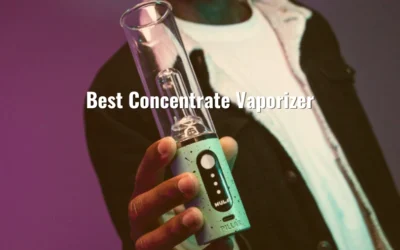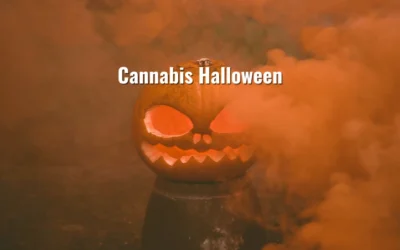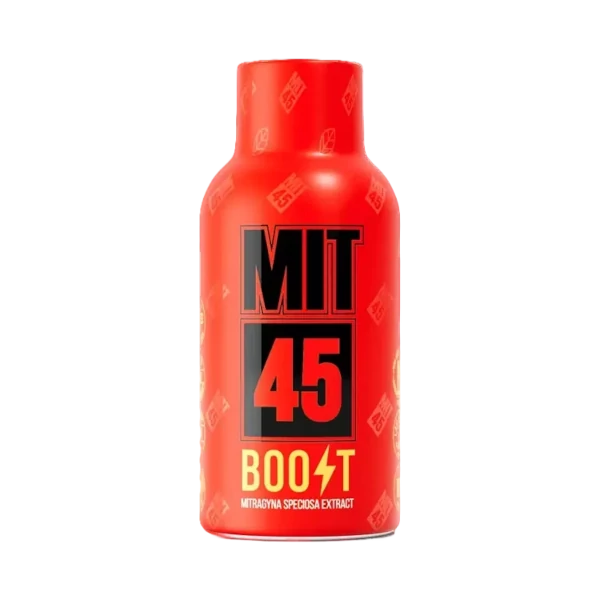Over the past few years, it seems like everyone in our community has become a little fixated on THC percentages. Walk into any dispensary or scroll through an online menu, and you’ll see the same thing: people chasing those high THC numbers, thinking the higher the number, the better and stronger the experience. THC percentage often seems like the ultimate deciding factor when choosing a strain. But here’s the big question: does THC percentage matter?
Now, don’t get me wrong. Delta 9 THC is the real deal. It’s the compound that gives you that classic psychoactive effect—the euphoric, blissed-out “high” that recreational users are after. In fact, if that is your overall goal, Delta 9 THC is the number you should be eyeing on those lab reports.
But before we get too carried away with those percentages, it’s worth noting that there’s a bit more to the cannabis experience. Delta 9 THC plays the lead role, but it is also true that other cannabinoids, and even the terpenes, also bring their own unique effects to the mix. And, of course, individual tolerance plays a big part too.
So, while the numbers matter there’s a little more to consider. But don’t worry, we’ll break it all down and help you figure out how to balance that all-important THC percentage with the other elements that shape your cannabis journey.
Blog Summary:
Curious if THC percentage really matters when choosing your cannabis? In this blog, you’ll discover:
- How THC percentage really affects your experience.
- Why a higher THC number doesn’t always mean a better experience.
- How other cannabinoids and terpenes contribute to your journey.
- What to consider beyond THC percentage when choosing a strain.
- How to calculate the real THC content from THCA.
- Why quality and sourcing matter more than chasing big numbers.
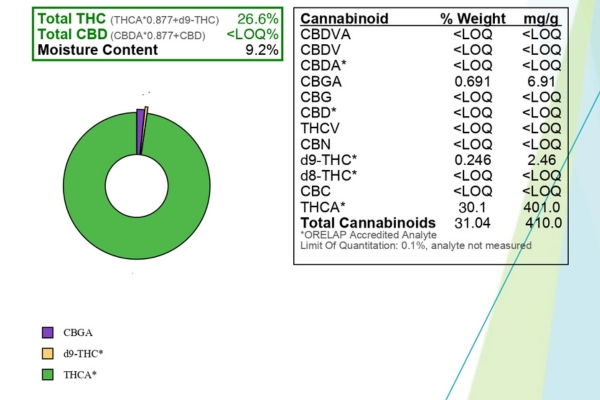
Table of Contents:
- What Does THC Percentage Mean?
- How to Calculate THC Percentage in a Bud
- What Is a Good THCA Percentage?
- The Role of Other Cannabinoids
- Average THC Percentage in Flower
- Quality Over Quantity
What Does THC Percentage Mean?
When you see a THC percentage on a cannabis product, it’s basically telling you how much of the plant is made up of Delta 9 THC. So, if you spot a strain with a 20% THC label, that means 20% of the weight of the flower is pure THC, the compound responsible for the psychoactive effects that most recreational users are after.
A lot of people assume that the higher the THC percentage, the more intense the high will be—and yes, to some extent, that’s true. A strain with 25% THC is likely going to hit harder than one with 10%, especially if you’re a regular user.
But it’s not always that simple. Cannabis is a complex plant, and the effects you feel aren’t just about Delta 9 THC. There are other cannabinoids, flavonoids, fiber, minerals, protein, fiber, fatty acids, and terpenes that also play a big role in shaping your overall experience. Not to mention your own body chemistry. What works for one person might not work the same for another.
How to Calculate THC Percentage in a Bud
Don’t worry, we’re not diving too deep into complicated chemistry here, but there’s a little math involved. When you look at the packaging on your THCA flower, the THC percentage results from lab testing on the dried flower. But here’s the kicker: most of the THC in raw cannabis isn’t actually Delta 9 THC yet. It’s THCA, a non-psychoactive compound. To turn that THCA into the Delta 9 THC that gets you going, it needs to go through decarboxylation.
When you heat THCA, about 87.7% of it converts to active Delta 9 THC. Let’s break down how to calculate THC from THCA with an example: the East Coast Sour Diesel. If you’ve got this strain with 30.86% THCA, the actual Delta 9 THC percentage once you spark it up will be about 27.06%. To get your final number, the formula is quite simple, just multiply the THCA by 0.877. This little detail is super important because it gives you a more realistic idea of how much you’re actually consuming.
Knowing the differences between THCA vs THC percentage helps you avoid getting caught up in just the THCA on the label. So, the next time you’re checking out a strain, you’ll have a better understanding of what those numbers really mean for your high once it hits the heat.
What Is a Good THCA Percentage?
Knowing what a good THCA percentage is depends on what kind of experience you’re looking for. If you’re new to cannabis (first of all, welcome) or just want something chill and not too intense, a lower THCA percentage—say, somewhere between 10-15%—is probably going to be your sweet spot. Strains in this range tend to deliver a nice, balanced experience. You’ll feel relaxed, but not like you’re blasting off into outer space.
Now, if you have been with us for a while and built up a tolerance, you might be looking for something stronger. Once you’ve been around the block a few times, you might want something in the 15-25% range to really feel those psychoactive effects kick in.
Then, what is a high THCA percentage? Generally speaking, anything over 25% is going to be considered on the stronger side. These are the strains often called “heavy hitters,” and they tend to be pretty popular with the most experienced users who are chasing those intense effects.
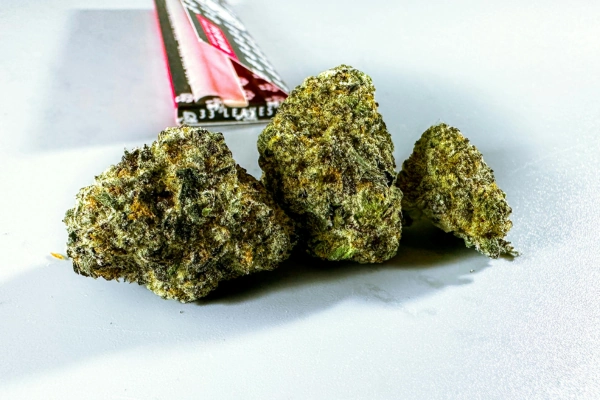
The Role of Other Cannabinoids
The fact that Delta 9 THC is the most known cannabinoid and the one that can deliver the more typical psychoactive effects, doesn’t necessarily mean that other cannabinoids can’t have similar effects. Let’s take Delta 8 THC for instance. Delta 8 came to fame because it delivers a milder effect compared to Delta 9, because of a slightly different molecular structure. People often describe it as giving a more clear-headed, relaxed experience, and less likely to stir up paranoia.
Delta 8 THC is not the only one that got a lot of attention for its minor variation of effects. Delta 10 THC is also capable of giving you those psychoactive effects, but they’re not nearly as intense. If you’re someone who loves experimenting with different forms of THC, Delta 10 is worth checking out. Its effects are more about clarity and calm than the “knock-you-out” high you might expect from Delta 9.
When it comes to numbers, things can get a little trickier. Because they are less potent than Delta 9, you actually do need a higher Delta 10 or Delta 8 THC percentage to achieve a similar effect. For instance, a Delta 8 product with 15% of this cannabinoid is probably going to feel less intense than one with 15% Delta 9 THC.
Average THC Percentage in Flower
Delta 9 THC levels in cannabis have definitely been on the rise over the past few decades. Back in the ’90s, the average THC content in cannabis was sitting around 4-5%, but as we rolled into the 2010s, that number shot up to around 15-17%. And nowadays it’s pretty common to find strains hitting over 20%, with some even pushing past the 30% mark.
This jump in THC potency hasn’t just happened by accident. It’s largely been driven by consumer demand for stronger, more potent cannabis products. As the cannabis industry has grown and evolved, so too has the appetite for higher-THC strains, particularly among recreational users looking for a more intense high. This demand has led growers to focus on breeding strains with elevated THC levels, pushing the limits of what the plant can produce.
Growers have been utilizing cutting-edge technology and advanced cultivation methods to make this happen. Innovations in indoor growing, hydroponic systems, and controlled environments allow us to fine-tune every aspect of the plant’s life cycle—light, humidity, nutrients, and even the carbon dioxide levels in the grow rooms. All these factors contribute to maximizing THC production.
There’s a lot of talk about the highest THC percentage ever recorded in a flower, and Brownie Scout has certainly made headlines with its THC levels. Some batches of this strain have tested at an impressive 38%, with reports even claiming a record-breaking content of 45% in certain samples. Bred from Platinum Girl Scout Cookies and Kosher Kush, this strain is known for delivering a seriously strong, full-body high.
Quality Over Quantity
At the end of the day, does THC percentage matter? Absolutely, but it’s only one piece of the puzzle. Always look beyond the numbers and ensure you’re getting your cannabis from a trustworthy source. When shopping for cannabis products, always ask for a Certificate of Analysis (COA). This lab report can confirm the product’s potency and safety, showing that it contains exactly what the label says, without harmful contaminants.
A good dispensary like Delta 8 THC Austin in Texas, for example, offers not only one of the widest ranges of products but also ensures they meet top quality standards at competitive prices. If a dispensary can’t provide one, it might be time to look elsewhere. Your health deserves nothing but the best.
